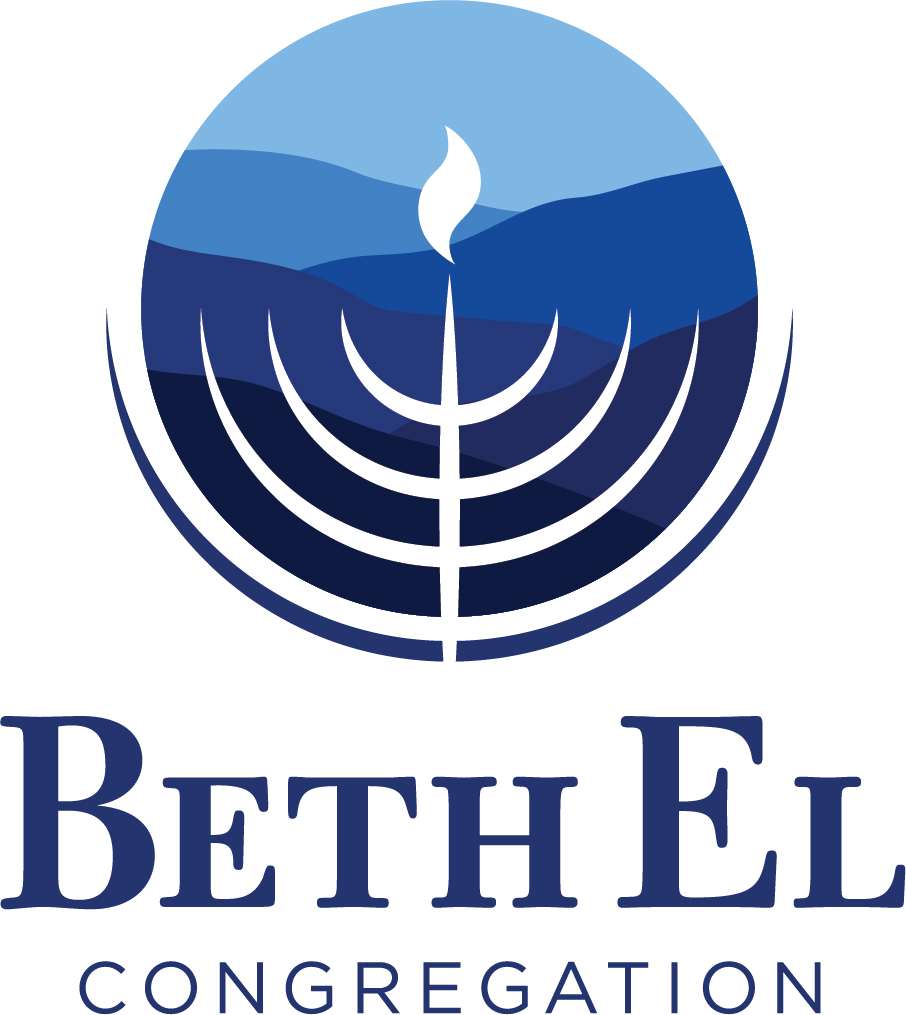A Torah’s Journey to Freedom
During the Holocaust, the Nazis seized more than 1,500 Torahs from Czech synagogues and brought them to Prague, where they were cataloged, numbered, then stored in the forest inside a drafty wooden building. Employees at the Jewish Museum in Prague persuaded the Nazis to bring all confiscated Jewish ritual treasures to Prague for safekeeping. Museum staff cataloged the Judaica before they, too, were sent to the death camps. The surviving Torahs – 1,564 scrolls in all – were stored on shelves of a dilapidated, 19th-century synagogue outside Prague.
For the next 20 years, these parchment scrolls were exposed to dampness, dirt, bugs, and mold. Finally, in 1963, an American art dealer based in London learned about the scrolls. The Torahs were deteriorating due to exposure to humidity, dust, and insects. Some of the scrolls had partially burned when synagogues were torched. Some were blood-stained. For a Torah to be properly preserved, it needs to be unrolled from time to time so that air can circulate and prevent mold from attacking the parchment.
The Czech government needed cash and negotiated with parties in Israel and England to sell the scrolls. The asking price was $30,000. A London benefactor provided the funds and the Torahs arrived at London’s Westminster Synagogue on Feb. 7, 1964. Over the next 40 years, the Torahs were restored. One by one, they were placed on permanent loans to institutions around the world.
